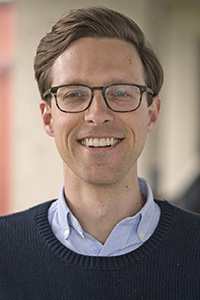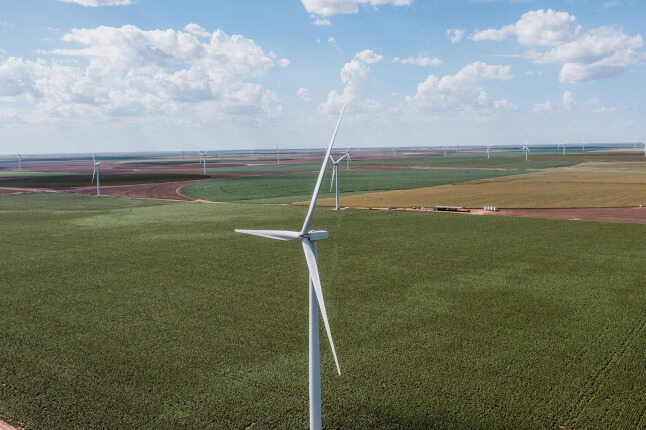News
Does a warmer climate mean more dry land? For years, researchers projected that drylands — including deserts, savannas and shrublands — will expand as the planet warms, but new research from the Harvard John A. Paulson School of Engineering and Applied Sciences (SEAS) challenges those prevailing views.
Previous studies used atmospheric information, including rainfall and temperature, to make projections about future land conditions. The real picture is more complicated than that, said Kaighin McColl, Assistant Professor of Earth and Planetary Sciences and of Environmental Science and Engineering at SEAS and senior author of the paper.
“Historically, we have relatively good records of rainfall and temperature but really poor records of the land surface, things like soil moisture and vegetation,” said McColl. “As a result, previous definitions of drylands are based only on how the atmosphere is behaving, as an approximation of the land surface. But models can now simulate both atmospheric and land conditions. By just looking directly at the land surface in climate models, we find that the models aren’t showing a clear increase of drylands over time and that there is huge uncertainty about the global average state of drylands in the future.”
The research is published in Nature Climate Change.
“If you want to know if the land is going to get drier, if crops are going to fail or if a forest is going to dry out, you have look at the land itself,” said Alexis Berg, a research associate in McColl’s lab and first author of the paper. “How much vegetation is there? Are the plants water stressed?”
While climate models have historically focused on the atmosphere, modern climate models now also simulate vegetation behavior and land hydrology.
For example, when plants absorb CO2, they lose water. If there is more CO2 in the air, plants can release less water and become more water efficient. More CO2 also results in more fertilizer for plants, which helps them grow and reduces water stress.
These effects have long been known, but previous atmospheric-only indicators of drylands just weren’t capturing these land surface effects.
“As the climate is warming, there is a divergence between atmospheric and land surface behavior,” said Berg.
To account for that divergence, McColl and Berg developed a new metric of drylands, based on land surface properties, including biological responses to higher atmospheric CO2, and compared drylands projections to those derived solely from atmospheric metrics.
“Our research shows that while some drylands may expand, climate models don’t project that there will be a dramatic and rapid global expansion of drylands,” said McColl.
However, simulating complex land processes remains challenging in global models.
“There is still a lot of uncertainty about how vegetation and the water cycle will change in a warming world,” said McColl.
McColl and his team aim to reduce that uncertainty in future research by developing more accurate land surface models.
This research was supported in part by a Winokur Seed Grant in Environmental Sciences from the Harvard University Center for the Environment.
Topics: Climate
Cutting-edge science delivered direct to your inbox.
Join the Harvard SEAS mailing list.
Scientist Profiles
Kaighin A McColl
Assistant Professor of Earth and Planetary Sciences and of Environmental Science and Engineering
Press Contact
Leah Burrows | 617-496-1351 | lburrows@seas.harvard.edu



